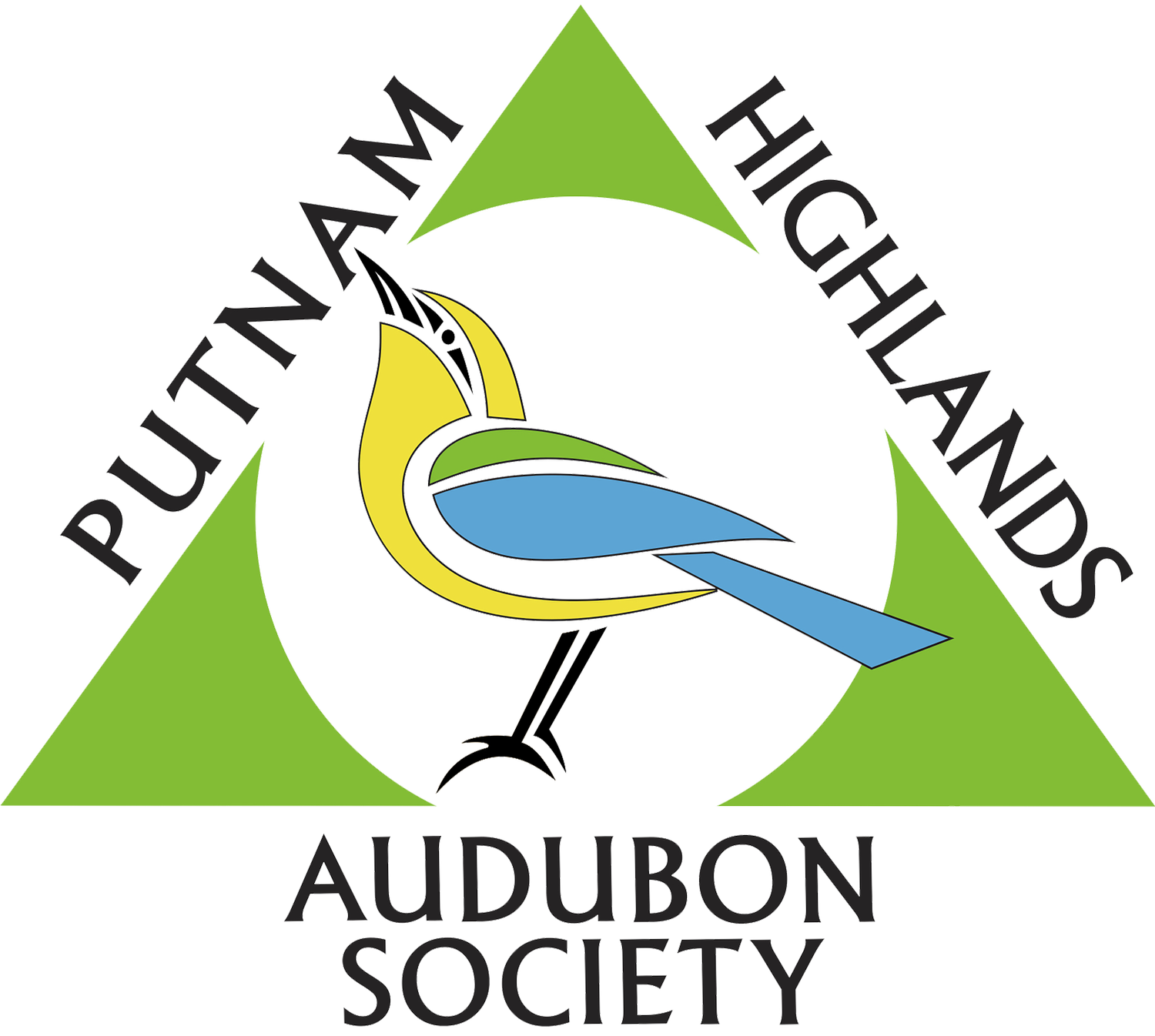September Bird Walk at Glynwood Farm
On Saturday, September 21st, the Putnam Highlands Audubon Society (PHAS) led their “Third Saturdays” walk, in partnership with Glynwood Farm. Leaders from PHAS included Kyle Bardwell, Sean Camillieri, Perry Pitt, Connie Mayer-Bakall, Pete Salmansohn, and Leslie Mott, while Lauren Delollio represented Glynwood.
The 17 participants enjoyed a glorious morning in the bucolic setting which provides unique habitat for birds that require open spaces. We hope you enjoy these photographs by Kyle Bardwell, a PHAS board member.
Many birders find our native sparrows to be very challenging to identify, given their brownish nondescript appearance and similarities amongst species. Given their elusive nature, a frustrated birder may never get a clear enough look to positively identify a sparrow, resorting to naming one “LBJ” or “Little Brown Job”.
The Glynwood walk participants were treated to excellent views of a Lincoln’s Sparrow. Similar in appearance to our resident Song Sparrow, a Lincoln’s Sparrow has finer streaking and a subtle buffy wash across its breast. It is a breeder of northern bogs and wet meadows, but can be seen locally only during migration.
Look for singles and doubles of them in brushy habitat, woodland edges, and grasslands. Given the predominant woodland habitat in the Hudson Highlands, Glynwood is one of the only places in the western part of Putnam County to reliably see Lincoln’s Sparrow.
With the fall season upon us, you can help create habitat for birds such as the Lincoln’s Sparrow by “leaving the leaves” in flower beds and creating brush piles at the woodland edge.
For more information please visit this link: To Help Birds This Winter, Go Easy on Fall Yard Work.
In contrast to the skulking solitary habits of a Lincoln’s Sparrow, the gregarious natured Cedar Waxwing put on a good showing, with a flock of nearly 70 birds making their presence known with their high pitched calls, which push the envelope of an observer’s hearing recognition.
Nomadic, these birds gather in flocks and follow the food sources, eating berries of fruiting trees. To attract Cedar Waxwings to your yard, consider planting native bushes and trees such as Serviceberry (Amelanchier), Flowering Dogwood (Cornus Florida), Cedar (Juniperus virginiana) Chokecherry (Prunus virginiana), and Winterberry (Ilex verticillata). It is fascinating to watch a large flock descend in your yard and indulge on a fruit banquet. If some of these fruits have fermented on the vine, you may even see a few that appear “overserved” and have difficulty flying, though they’ll eventually recover.
A checklist of the birds seen or heard was submitted to Cornell Lab of Ornithology's eBird Project. To view our checklist, please click this link.




